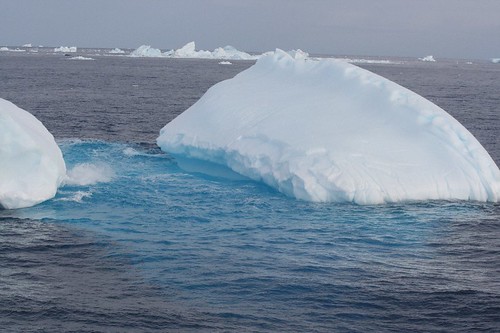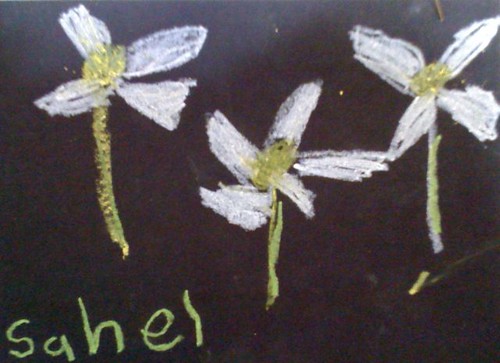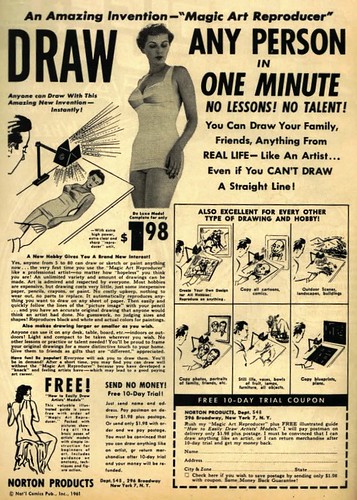As noted in my recent post about the culminating activity for Stage 2’s science & technology unit, Bloom’s (Revised) Taxonomy now puts “Creation” above “Evaluation” (as seen in this revised diagram). In the race to the end-of-term activities, this last step can sometimes be easily overlooked, but I was determined to get to this point with both units – and we were successful!
For the culmination of this term’s work with the Stage 3 students – we’ve been studying Antarctic explorers in HSIE (human society & its environment) – I devised a journal-writing activity that relied upon the roll of a six-sided die (ie. numerals 1 to 6) to suggest each new diary entry for our student “explorers”. The students were hopefully able to be creative, while using all the essential field knowledge and skills developed by the unit.
The displayed key to the die was as follows:
1. Team member lost down crevasse
2. Dogs are hungry
3. Frostbite!
4. Sled stuck to ice
5. Clothes wet and frozen
6. Blizzard!
Each student was handed a worksheet with headings for Day 1, Day 5, Day 8, Day 10 and Day 14 (and room for more if the journalist/explorers decided they wanted to keep adventuring and create more entries, or had actually “survived” to make such a decision). Students could elect to be their team’s leader or the member in charge of documenting their expedition for posterity.
It was decided that the first roll would be common for each student in a class, with all future rolls individual to a student as they were ready to write their next entries. One group of explorers, 6D, rolled the dire “Team member lost down crevasse” option for Day 1. 5B began their expedition with the threat of “Frostbite”. 6W got off to a slow start, meeting a “Blizzard!” on Day 1. The teacher and teacher-librarian then made their way around the room, rolling the fates of the explorers for the rest of their journal entries.
It was certainly a fun activity! All three classes were engrossed, and there was a flurry of insightful observations and good use of field knowledge. As the individual journals took on their unique twists and turns, the students began to realise how much they were at the mercy of the elements (and Lady Luck) in the harsh Antarctic environment. Losing team members down crevasses, and having to put their personal reactions into a such short diary entry was often quite confronting, especially if the journal might be the only way that news would get back to loved ones.
Not to trivialise the trials of genuine explorers, there were still a few examples of an ironic, begrudging hilarity, as one student began an incredulous string of bad luck with “Frostbite!”. Another was snowed in by a raging “Blizzard!” for much of his diary (“I paid $30,000 to sail to Antarctica and I’m stuck here in my tent!”) Another student learned of the dangers of ignoring ravenously hungry sled dogs the hard way.
Stage 3 students can often be quite jaded about aspects of their learning, but it was a pleasant surprise today hearing one group, whose teacher had been absent for the simulation game, excitedly remember the highlights of last week’s lesson. Roll on our next term’s (complementary) unit: “Wild Weather and Natural Disasters” for science & technology.
The students write:
“Day 1 and we’ve lost a team member. Everyone is sad and nobody wants to talk. We had a quiet dinner and then went straight to bed. Nothing special happened. Just quietness. Captain wrote a letter to his wife. He cried quietly while he did this. We hope it never happens again.”
“Day 10: My sled is stuck against the ice again and again. I have an idea! We will unpack some of our equipment and put it into the backpacks…”
“Day 5: Today there is a raging blizzard and it is worse than any of us could have imagined. It is freezing cold and we can’t see anything in front of us. I think we will have to stay inside our shelter.”





